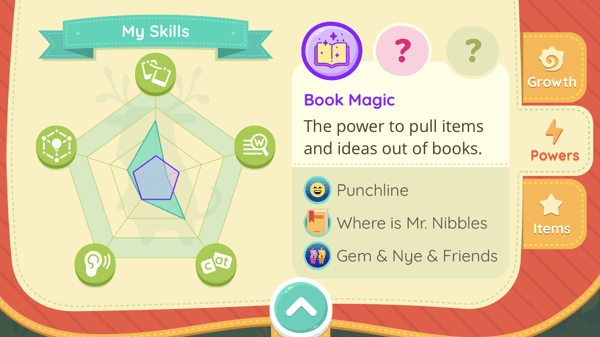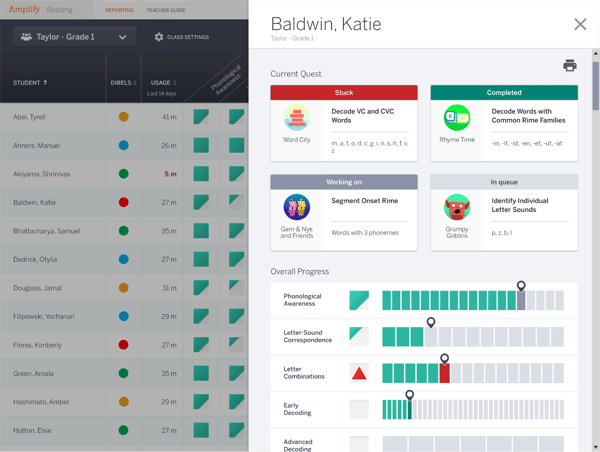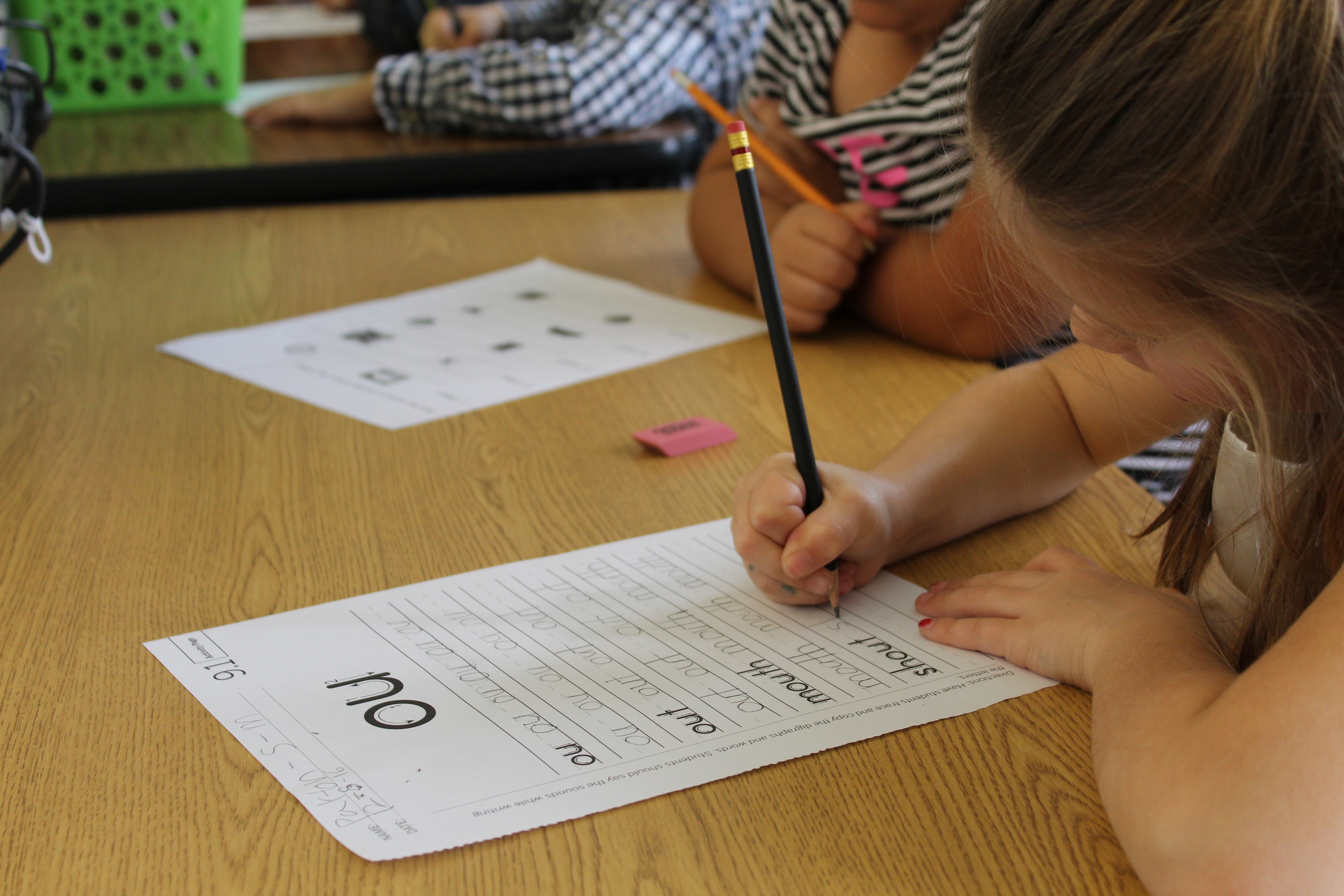Over the course of this series, we have explored numerous questions about gaming and learning. We started by asking how a phenomenon such as gaming has garnered such global appeal. We defined the terminology and buzzwords currently floating around in an attempt to reduce commonly-held misconceptions. We examined past and current research associated with learning with the use of games to underpin our efforts. The series also covered how to look and evaluate potential games and offered advice for parents about gaming’s hidden potential for learning with some guidance to consider. Now, it is time to explore some potential strategies for incorporating games into a learning activity. What follows is a list of potential ways and suggestions to go along with each method.
Anticipation and Play-Based Learning
Learning through play and allowing learners to discover knowledge on their own comes naturally to children. This is especially true for learners who are born as members of the digital generations. By providing our learners with an authentic learning approach such as game-based learning, we are tapping into their inquisitive side. We can encourage them to learn by providing them opportunities to solve problems, make new connections, learn through trial and error, set goals, and persevere through exploration. Play-based learning is utilized frequently in the primary grades and less so at the upper elementary and secondary level. This can be the productive struggle secondary teachers are looking for.
Teachers can take play-based learning one step further by providing an anticipation task that the gets introduced before gameplay. It should be a short task, just a few questions that activate prior knowledge and peak curiosity in the learners. Some examples might be to ask a few true false questions, a short multiple choice, or a journal quick-write. Learners can be paired up, placed in small groups, or work individually if enough resources are available. While learners are involved in gameplay, they will consider these questions and discover the answers for themselves. After experiencing the game, have learners digress and reflect as they try to answer the questions presented to them at the beginning of the lesson.
Long-Lasting Learning
Many of the strategies we have shared thus far include the use of short-form games that can be learned quickly and utilized in a short time frame. However, there are also uses for long form games within a learning environment. Long form games are virtual environments that offer expansive storylines or big worlds that take more time to explore. These games need more than a short burst during a warm up for learners to get the benefits from there, however, they can keep learners engaged over long periods of time. During gameplay, learners can be learning new concepts, practicing skills, and collaborating with others. Since long form games can be incredibly engaging learners have the motivation to voluntarily pick it up and play.
Teachers can introduce a long form game to their learners at the beginning of the school year or a new unit. By tying the gameplay to standards, learning objectives, and a culminating project the purpose will be set for learners to play. Educators can provide learners with school time to access the game through learning centers, an early finishers station, or technology class. Additionally, learners are relieved of some traditional homework duties to allow for more time to access the game at home if resources are available. After the unit or appointed length of time nears the end learners can be given a creative project to complete either individually or in groups. Learners can be asked to compare characters, write a critique, explore alternate storylines or extend the story beyond the end of the game. Learners can use mind maps, podcasts, journal writing, video recording, or formal writing assignments to complete these tasks.

Amplify Reading is an example of a program that includes short-form games within the framework of a long-form game. The student experience is an expansive game world with over 40 games and over 30 quests to engage learners throughout the entire school year, both in the classroom and at home. While teachers can monitor student progress on the teacher dashboard, students can also see how much they’ve grown in their journal.
Kid-Approved Test Review
In this series installment, we explored using games as a warm up, as delivery of new content, and as as a way to pique student interests. Games can also be used as review tools. Teachers have been using non-digital games as test review for decades by creating activities with a few simple mechanics and basic point systems. By implementing digital games, educators are able to take this a step further. Learners can engage in test review as a whole class experience, in small groups, or individually. Educators can even create differentiated experiences based on learners’ needs by changing the challenge level during gameplay.
Using games as test review offers many benefits that go beyond keeping learners engaged. It offers educators a better picture into how their learners will perform on the upcoming assessment. Learners can take a screenshot of their scores at the end of a game and send it to their teacher along with a reflection of their progress. Additionally, many educational games provide teachers with learner performance data collected during gameplay in the form of learning analytics. This can give educators greater insight into their learners’ progress and even be a predictor of how they will perform in the future.

This is the case in Amplify Reading: While students navigate the world of Bookerton independently, each response a student makes in Amplify Reading—every tap and click—is carefully collected and curated. That means teachers have access to an almost unparalleled amount of data on each student, far more than any assessment can provide.
The Amplify Reading dashboard uses this detailed data to provide insights into student progress across 10 dimensions of reading growth. It is continuously updated so it can be used to identify students in need of teacher support even while they are playing.

 At Amplify, we are committed to the educational potential of learning through digital gameplay. Amplify Reading is a cutting-edge digital curriculum for grades K-2 that teaches critical literacy skills by taking kids on a magical reading adventure.
At Amplify, we are committed to the educational potential of learning through digital gameplay. Amplify Reading is a cutting-edge digital curriculum for grades K-2 that teaches critical literacy skills by taking kids on a magical reading adventure..png)

